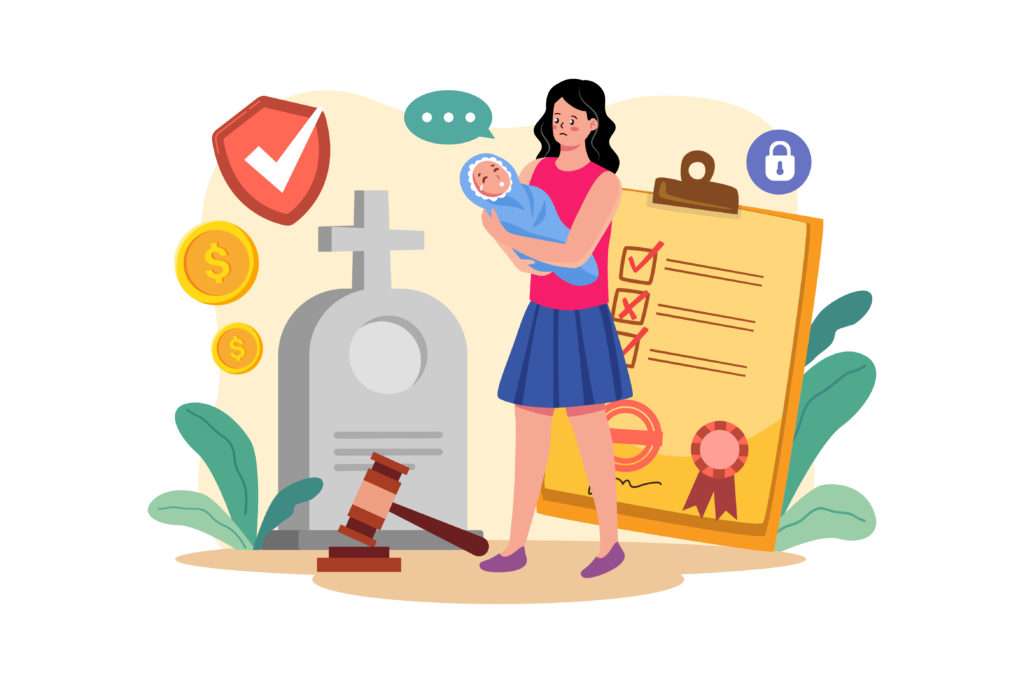Tax Return for Someone Who Has Died

Coping with the death of a loved one is difficult. There are many things to keep in mind when you are managing the tax affairs of a deceased person. In general, the final individual income tax return of a deceased person is prepared and filed in the same manner as when they were alive. Before you do all that you must contact HMRC and report the death. HMRC will tell you if you need to fill in a Self-Assessment tax return on the deceased’s behalf. If you do, they’ll send you a return form and a letter with instructions.
Contacting HMRC
If you do not use the ‘’Tell Us Once’’ service, contact HMRC
Tell HMRC the:
• Date of death
• Name and address of who to contact
You’ll also need to tell them one of the following for the deceased
• National Insurance number
• Unique Taxpayer Reference (UTR) – you can find this on letters or payslips from HMRC
• Full address
• Last employer or pension provider’s name and address
Filling in the Self-Assessment tax return
The records you’ll need for the deceased’s tax return will depend on their circumstances. You’ll usually need details of the deceased’s bank and savings accounts, for example:
• bank statements
• building society pass books
• dividend vouchers
• National Savings bonds or certificates
If the deceased was employed or receiving a pension you’ll usually need:
• work or pension payslips
• details of any expenses paid by the employer
• confirmation of any state pension
You’ll need their business records if the deceased ran their own business or rented out property.
When you must send a tax return for the ‘administration period’
Fill in a trust and estate tax return if any of the following apply:
• the total Income Tax and Capital Gains Tax due for the administration period was more than £10,000
• the estate was worth more than £2.5 million at the date of death
• the date of death was before 6 April 2016 and more than £250,000 a year came from the sale of the estate’s assets by administrators or executors
• the date of death was on or after 6 April 2016 and more than £500,000 a year came from the sale of the estate’s assets by administrators or executors
The trust and estate tax return is only for the estate – it’s separate from the return you sent on behalf of the deceased. After you’ve sent your return, HMRC will tell you how much the estate owes. You’ll need to pay the self-assessment bill by the deadline.
If you do not need to send a tax return
You can make ‘informal arrangements’ instead. To do this, write to HMRC and tell them:
• the Income Tax and Capital Gains Tax due for the administration period
• the name, address, National Insurance number, and UTR of the deceased
• your name and contact details
Send this information to HMRCs address for PAYE and self-assessment. You must not send tax payments with this information. You’ll be provided with a payment slip and reference number. You must use these to pay any tax that needs to be paid.
Should you require more information, Cangaf Ltd is at your service. Contact us today for a no-obligation quote, and we’ll manage all your accountant needs!
